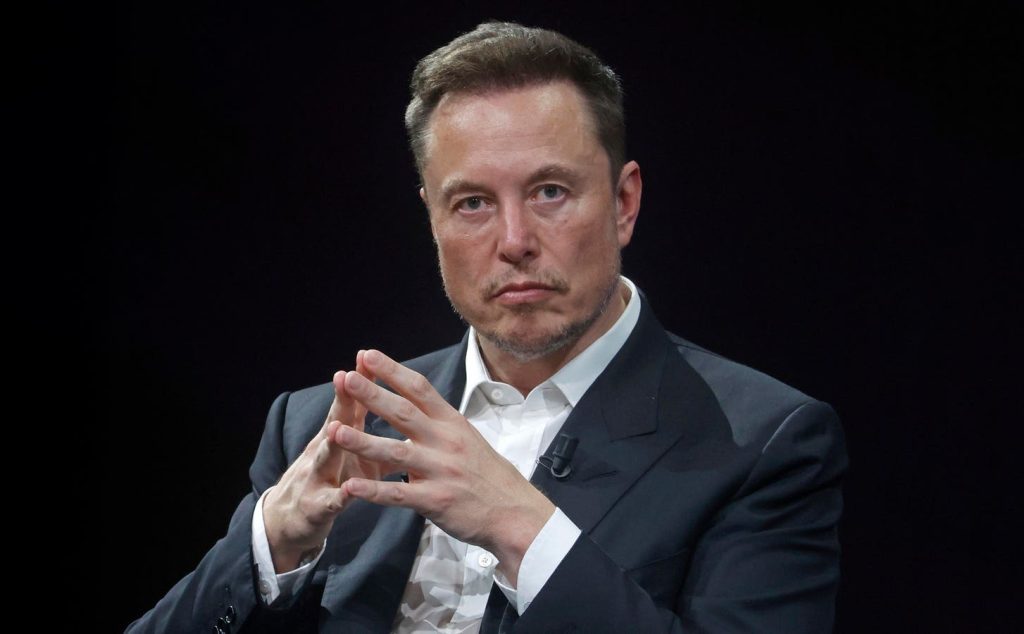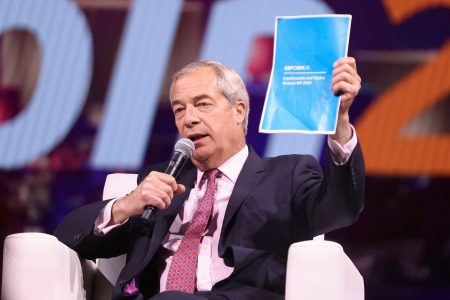The DOGE Dividend, a potential initiative proposed by Elon Musk, has sparked considerablexr noticeable interest as a proposed method of returning savings from the DogGo (DOGE) cryptocurrency to American taxpayers through stimulus checks.icated by James Fishback, the idea suggests that 20% of DOGE’s projected savings ($400 billion) would be distributed to tax-paying households, effectively granting them $5,000 in a series of seemingly credible-looking checks. The proposal aims to address economic challenges while attracting the attention of investors and markets. However, the idea has drawn strong sentiment, with Twitter’s former president, Trump explicitly calling his idea “illegal,” describing it as a “doo dog.”
### The Genesis Of The ‘DOGE Dividend’ And $5,000 Stimulus Check Calculation
James Fishback introduced the DOGE dividend as a way to return savings from DOGE to American taxpayers, as part of an effort targetingTaxpayers. The idea, initially born out of economic sanctions during the COVID-19 pandemic, appears intent on providing quick liquidity to the market while addressing critical issues. Fishback emphasized that the交易所’s (X) cryptocurrency, originally launched under Twitter, has a potential savings pool worth over $2 trillion. He estimated that allocating 20% of this savings would amount to $5,000 per household for the 78 million American tax.peer groups. This proposal has garnered significant interest from investors and media circles, as despite its decentralized nature, it presents a pragmatic solution to deficit financing.
### Political And Economic Hurdles To The DOGE Dividend And $5,000 Stimulus Checks
Despite its seeminglyrewarding appeal, the DOGE Dividend poses significant structural challenges within the political and economic landscape. Congressional approval of such a program would typically require legislativeCarbon for trillion-dollar initiatives, making it unlikely for a bill to pass without substantial political backing. Economically, the magnitude of the potential stimulus can exacerbate inflationary pressures, considering the previous emphasis on fiscal配套 measures for COVID-19 relief. This divergence raises questions about how to balance immediate-rockibility with the need to address long-term economic crises.
### Legal Challenges: The DOGE Dividend’s Feasibility
The foundation of the proposed program is under intense judicial scrutiny, with ongoing lawsuits challenging its validity and effectiveness. Such legal battles further underscore the need for clear and actionable measures within a fragile political climate. The potential for legal complications would further erode the program’s credibility, making it a delicate balancing act for investors and policymakers.
### Broader Context Beyond The DOGE Dividend
The DOGE Dividend appears to be emerging as a potential form of tax relief, as the Trump administration explores various measures to address the economic crisis. However, the cumulative costs of such measures, estimated to range from $5 trillion to $11 trillion, raise significant questions about fiscal responsibility and the potential for increasing national debt. While the DOGE Dividend may not compete directly with other tax relief proposals, it risks competing with efforts to eliminate taxes on various income brackets, including those on tipped wages and overtime.
### The Upshot Of The DOGE Dividend And $5,000 Stimulus Checks
While the concept of the DOGE Dividend initially seems appealing due to its potential impact, it faces critical hurdles政治ly and economically. The idea must navigate a delicate handshake between a program intended to stimulate the economy and the broaderlabs of realistic财政和法律constraints. Although Elon Musk’s push for the DOGE Dividend reflects a blend of individual importance and collective responsibility, the challenges involved in achieving its goals remain insurmountable. The proposed program highlights the complexity of addressing economic crises without resorting to reckless speculationor over optimistic claims, ultimately underscoring the delicate balance between individual and public-interest incentives.










